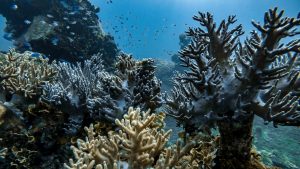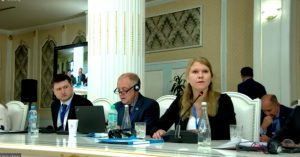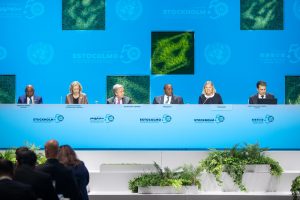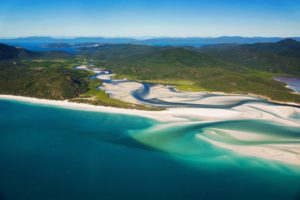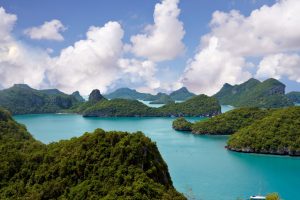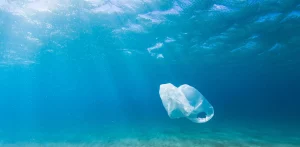Source-to-Sea features during Virtual Ocean Dialogues
Key freshwater and marine advocates joined forces during the World Economic Forum’s Virtual Ocean Dialogues online conference series to draw greater attention the need for a coherent approach to tackle fragmented governance and pressures on the ocean – from their source to the sea.
On 2 June, Action Platform for Source-to-Sea Management (S2S Platform), the government of the Netherlands, SIWI, UNDP and UNEP organized a session titled Call for source-to-sea action – Look upstream to achieve SDG 14. The session highlighted the need for a coherent approach to tackle fragmented governance and pressures on the ocean and drew more attention to better link on-land and upstream management to ocean outcomes.
A fruitful discussion on how to incentivize upstream sectors and actors to invest in measures that reduce marine pollution took place amongst several ocean experts including H.E. Peter Thomson, UNSG Special Envoy for the Ocean, Henk Ovink, Special Envoy for International Water Affairs, Netherlands, and Susan Gardner, Director, Ecosystems Division, UNEP.
A call for political and financial commitment for investing in measures to safeguard downstream ecosystems and their services was central to the discussion whilst also addressing environmental challenges.
“SDG 14 is our call to action to end marine pollution and take the action required to make sure this happens from source to sea” Peter Thomson, UNSG Special Envoy for the Ocean.
Understanding environmental impacts is a key factor to address challenges with marine pollution. There is a continuous need to improve current laws and regulations, continue to learn about the interconnection between sectors and their impact on the environment and encourage governments to mainstream environmentally friendly approaches for healthier oceans.
“We need scale up – offer solutions that are viable, financially sustainable and culturally accepted, viability is key,” Naiana Milea, PMU Director, Ministry of Environment, Waters and Forests, Romania
With the world planning its largest recovery efforts ever, there is a once-in-a-lifetime opportunity to change course and start the blue-green revolution, preventing a return to the status quo of consuming and polluting.
Source-to-sea management complements existing management mechanisms through considering the entire system – from source to sea – including impacts from land-based activities, vulnerabilities of downstream recipients and engagement of key stakeholders. The approach brings value to SDG 14 by engaging actors upstream, on land, in river basins and cities. It helps identifying necessary factors needed for implementation of solutions that are able to bring system-wide benefits.

